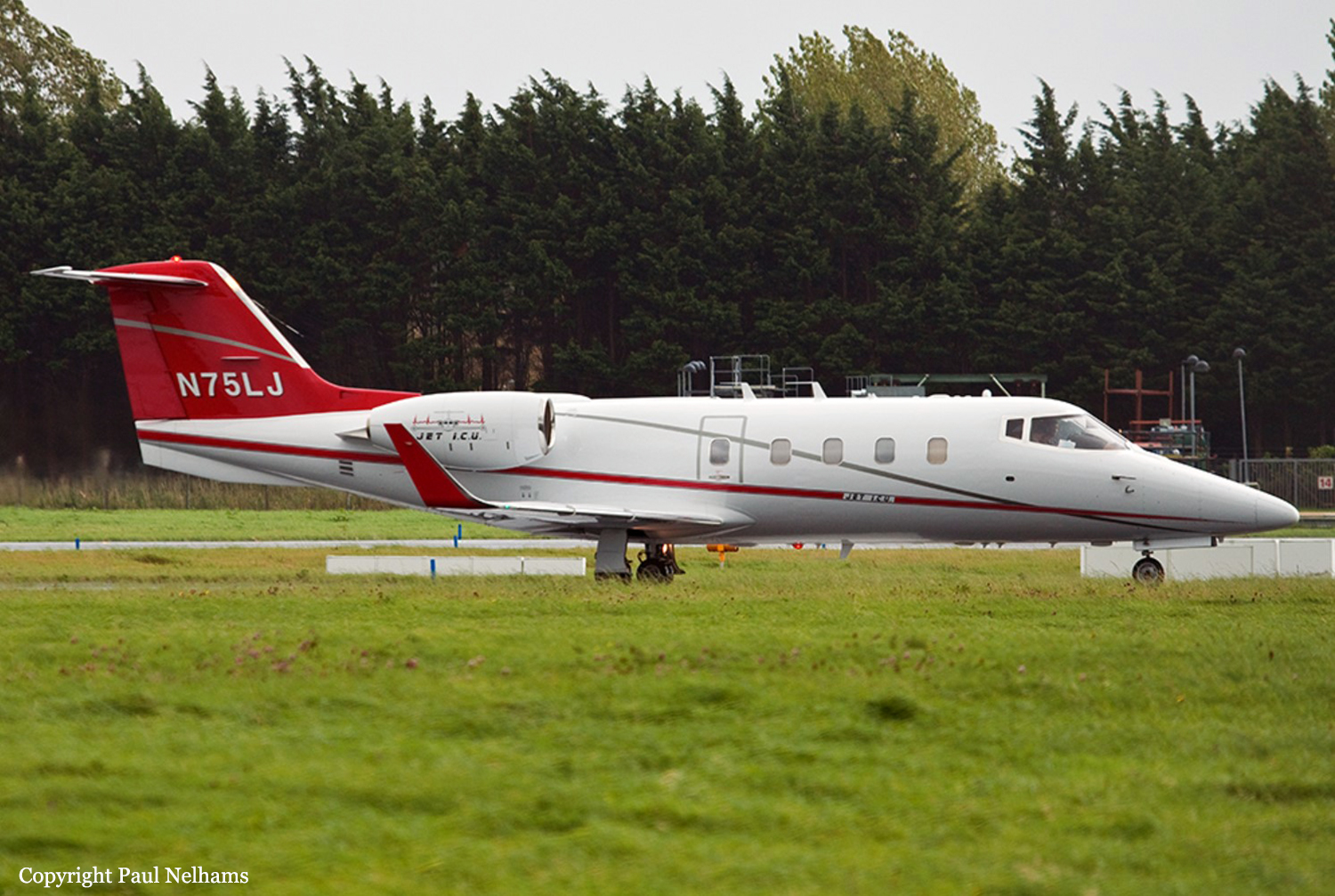Crash of a Learjet 55 Longhorn in Brooksville
Date & Time:
Feb 13, 2012 at 2200 LT
Registration:
N75LJ
Survivors:
Yes
Schedule:
Brooksville - Houston
MSN:
55-065
YOM:
1982
Crew on board:
3
Crew fatalities:
Pax on board:
0
Pax fatalities:
Other fatalities:
Total fatalities:
0
Circumstances:
During the takeoff roll from runway 27 at Brooksville-Hernando County Airport, control was lost. The aircraft veered off runway and came to rest. All three crew members escaped uninjured while the aircraft was damaged beyond repair.
Probable cause:
NTSB did not proceed to any investigation regarding this incident.


